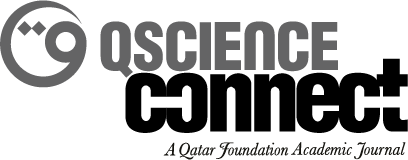-
oa Captioning the occupation: The role of textual elements in the process of building national narratives in historical museums
- Source: QScience Connect, Volume 2021, Issue Issue 3 -Tenth International Translation Conference, Jul 2021, 5
-
- 11 January 2021
- 18 April 2021
- 07 July 2021
Abstract
Background: After the dissolution of the Soviet Union, in the ideology vacuum it left behind, the question of national identity became one of great importance. Adopting the Benedict Anderson constructivist idea that nations are imagined – or socially constructed communities that have to be continuously reproduced in order to exist, we aim to analyse whether and in what ways historical and archaeological museums can serve as tools in the process of building or reshaping national identity in the post-Soviet landscape in order to achieve the state ambitions of the nation. Museums are a powerful tool for policymakers; they not only present neutral objects but also usually enter into dialogue with visitors and create a certain vision of history. The stories told in museums can incorporate selected episodes into a national narrative. Aim, Method, and Discussion: The author aims to verify whether there is a disconnection between two or three parallel texts, between the texts and the visual image, and finally between the texts in question and the master narrative, as imposed by the policymakers. The materials for the analysis are captions, labels, audio guides, and texts from the websites, from the Museum of Soviet Occupation, Tbilisi, Georgia; the Museum of Occupation and Fights for Freedom in Vilnius, Lithuania; and the National Museum of the Holodomor-Genocide in Kiev, Ukraine. The research demonstrated that the analysed texts in the museums in question are a key element of building the museums’ narratives. In addition, the choice of language version is a significant factor that strengthens the museum’s discourse. Captions and labels are an integral part of the narrative styles. Conclusion: The caption is a key element in relation to what a spectator thinks they are seeing: if the contextualising text is changed, the meaning of the artefacts and of the exhibits changes to a large degree.


